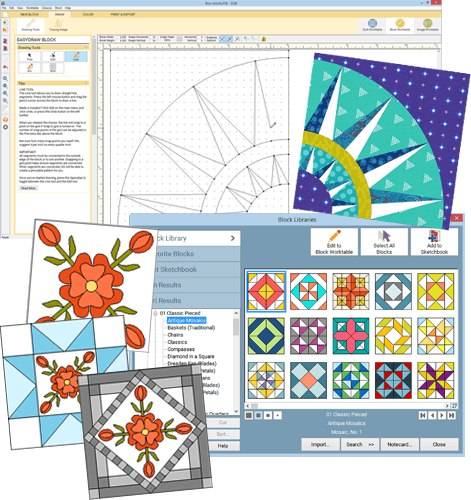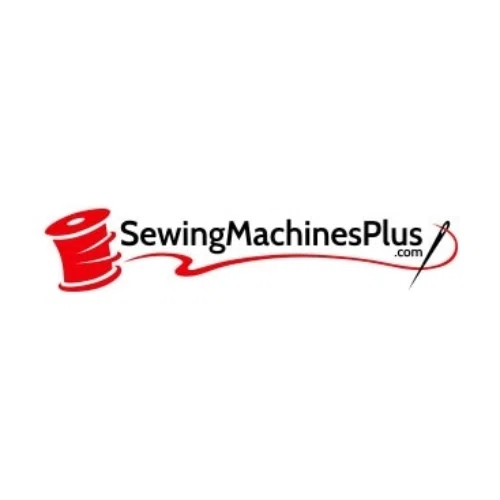

The premium of all premiums, Electric Quilt 8 (aka EQ8) retails at $239.95. What a great idea! You can try it for free, or upgrade to a paid account for extra features for $5/month or $50/year. The colouring pages are for patterns by popular quilt designers, and allows you to colour in the pattern before you buy it and start to make it. It allows you to design your own quilts (either with custom quilt blocks or with the included free block designs), or colour in pre-loaded quilt designs, as well as importing images of your own fabric stash to see how it would look in the final quilt. The cost varies depending on what country you’re in, but it’s under $20 for most countries.Ī program online that is worth checking out is Prequilt. You can photograph your own stash to use in your designs, it includes over 180 block templates, yardage calculator, design pixel quilts, and more. It is also the method that I recommend and walk you through in DIY Block Design.Ī popular option is the Quiltography app available on Apple. The main con of this method is that it can mean a lot of mental acrobatics working out the fabric requirements for larger projects beyond a few quilt blocks! But using this method is perfect for designing quilt blocks, as it easy to see the proportions of your block, and thus work out the quilt math for your block.

You can find plenty of printable options around the web, or pick up a cheap notebook next time you’re near a store that sells office supplies! I highly recommend 5mm, or five lines per inch paper.


It will also help you work out the quilt math if you draw it to scale, where 1 square represents a certain amount of inches, ie. Using graph or grid paper is the best option if you’re going for the manual option, as it will help you draw your designs much more accurately. Which is why the next option is your best bet for a free or low cost option. It’s great to jot down your ideas and draw out some rough sketches quickly without having to think about quilt math and accuracy.īut that can also be the con – it’s hard to go to the next step of working out the quilt math using rough, not-to-scale drawings. The cheapest, easiest method of designing quilts is with a good ol’ pencil and paper that I know you’ve already got lying around. With My DIY Block Design starting next week, I know some people are starting to wonder how to best go about designing their quilts, so allow me to be of assistance by sharing the pros and cons about these various quilt design tool options.


 0 kommentar(er)
0 kommentar(er)
